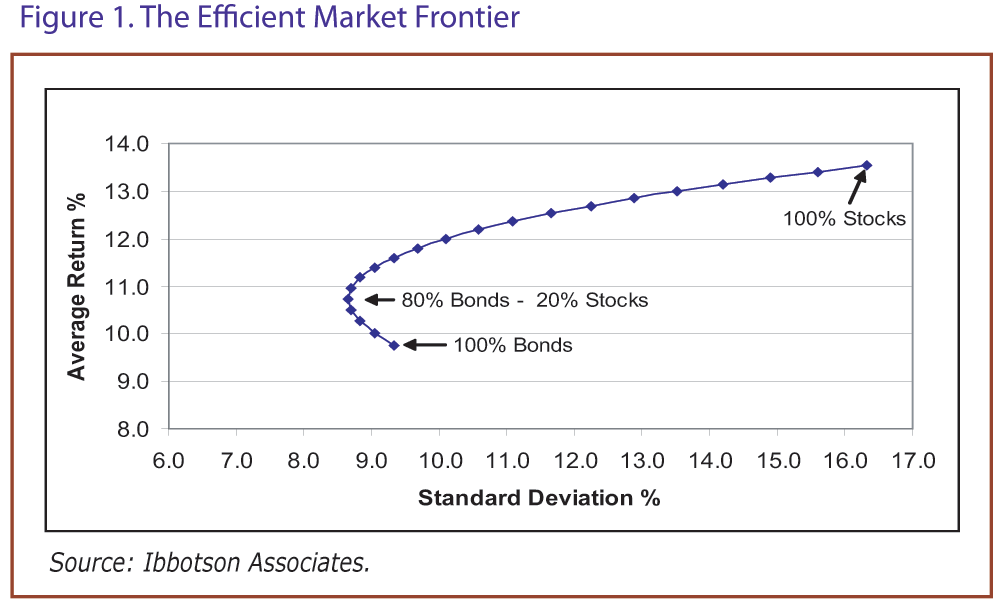DCA on STI ETF
Since June this year, I've start contributing a small amount of money into dollar-cost averaging of STI ETF. This was done through POEMS ShareBuilder Plan. Though the fees were relatively higher than say POSB InvestSaver, I mitigated this consideration by pooling money with my siblings and buying it together. This way, the commission by percentage is comparable to POSB InvestSaver and I also get to enjoy the reinvestment option of dividend issued.
Every drop of water contributes to the ocean. Buying STI ETF religiously every month will hopefully contribute to my retirement fund 40 years down the road.
Bought more Falcon Energy
Hindsight is always 20/20. Before the results announcement, share prices were ranging as high as 19 cents - allowing me to exit with some profit. However, thinking it was a start to bull run in O&G, I decided to hold on. Without a dividend, coupled with the deterioration of the industries (think Swiber and Swissco's bond default), Falcon Energy was also brought down.
However, its full year results were decent still and it left a big question mark for me. 4.92 US cents translates to a P/E of less than 3 leh! Cash generated from operations was US$111,747,000. There was a net decrease of cash because of hefty repayment of borrowings, which was the right thing to do in this environment where debt brings down O&G companies. Reflects the prudence of the management, to be frank.
A strong argument I had previously was Falcon Energy stake in CH Offshore. CH Offshore's stock price had tanked recently and as of now stands at $0.29. This stake in CH Offshore translates to a value of $177M for Falcon Energy. Funny how at $0.16, Falcon Energy is valued at $129M. So, core business of Falcon Energy is valued at -$50M?
With this, I've decided to further another round at $0.166. There are a few risks I am aware of and would highlight here for reference.
1) Protracted depressed oil prices. Similar to the shipping industry, this would probably kill off many O&G companies. While the P&L looks good now, experience says that the bottomline will turn red in a quarter.
2) CH Offshore revalues. A main reason why I invest in Falcon Energy was the stake in CH Offshore. It is not entirely impossible that CH Offshore becomes a penny stock, rendering its stock worthless. Then, what value to talk about? However, keep in mind CH Offshore does not hold significant borrowings and thus less likely to go under compared to say Ezra.
3) Interest rate rises fast. In the annual report, every 50 basis points increase in interest rate will decrease Group's profit by US$801,000. US is increasingly likely to raise rate further this year.
Planning to Sell Karin Tech
Should I....? Debating hard on this one, but already queueing at $0.315 to sell.
Between China's diminishing economy, lowest EPS ever, and statement like this..,
"After the disposal of KCF A Store Limited, it is not expected the CEP segment will be
able to fill the revenue and profit shortfalls in the near future even though the Group has
been adding various prestige consumer electronics products into its product mix."
Totally feel like relieving myself of this company. The only thing holding me back from selling is the 7% dividend that was declared along this set of horrendous result. The management totally knows how to keep its shareholder. This is also apparent in its annual report where it shows that the company has already paid out 126% of the IPO price in dividend (within 10 years). Omg, if I hold for 10 years, will I be getting "free" shares as well?
Previously, I was scared that dividend paid out is no big deal as prices drop after the dividend was paid out anyway. But k1 Ventures totally proven me wrong on this point. Therefore, I am totally undecided.
Fundamentally, I should be getting out while stock prices are held up by the dividends. Emotionally, what about the dividends!!! T__T Help pls?
















